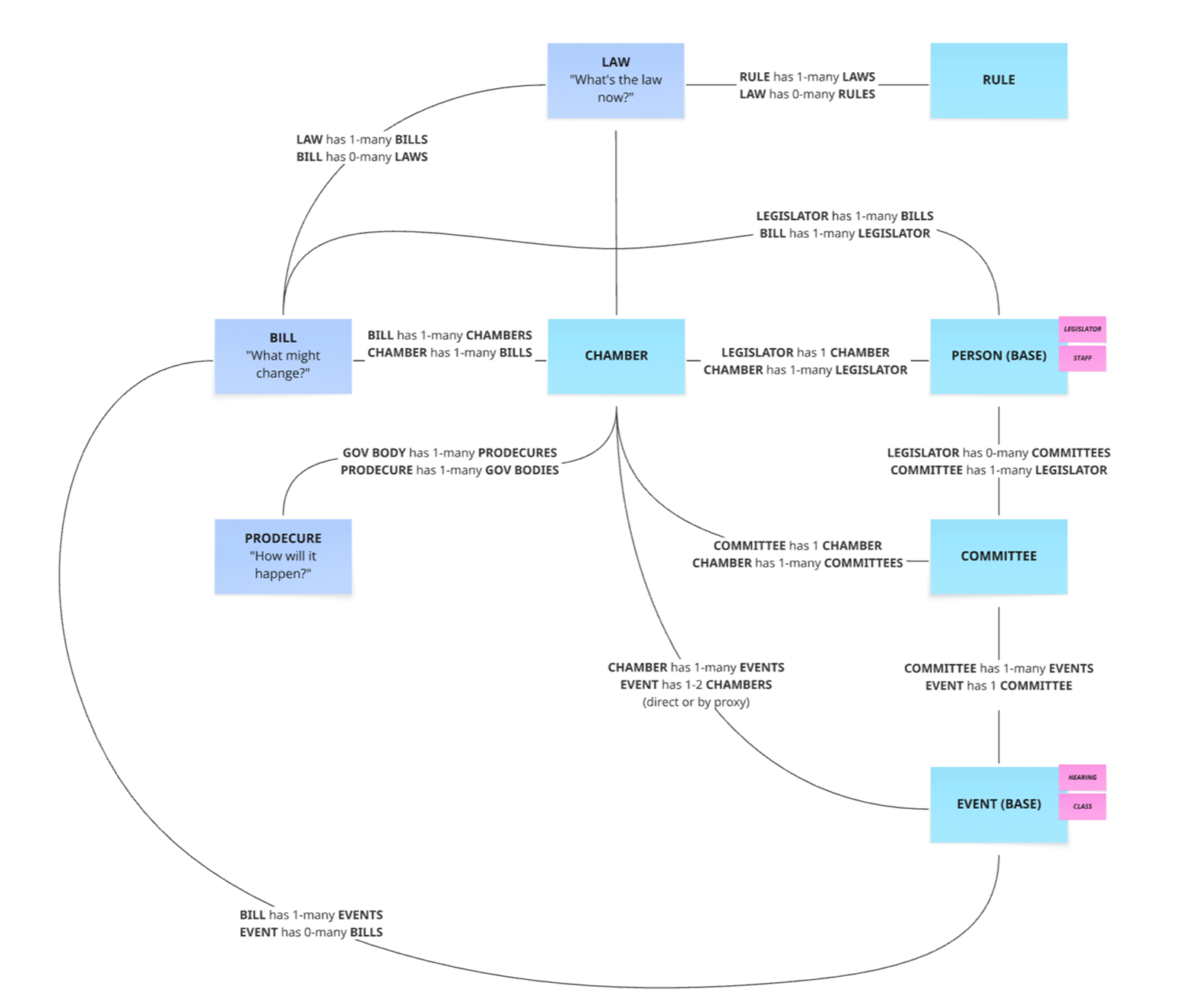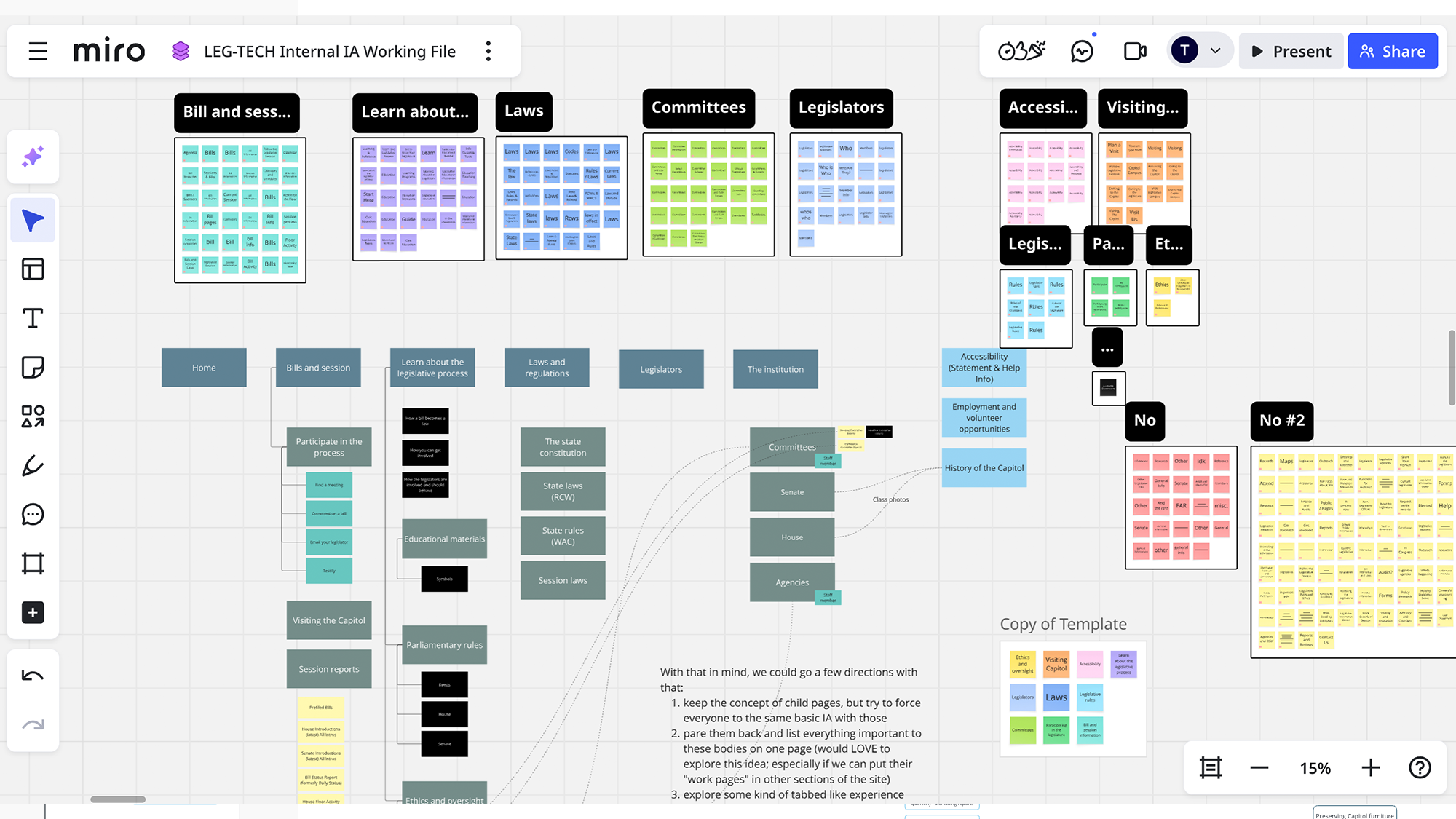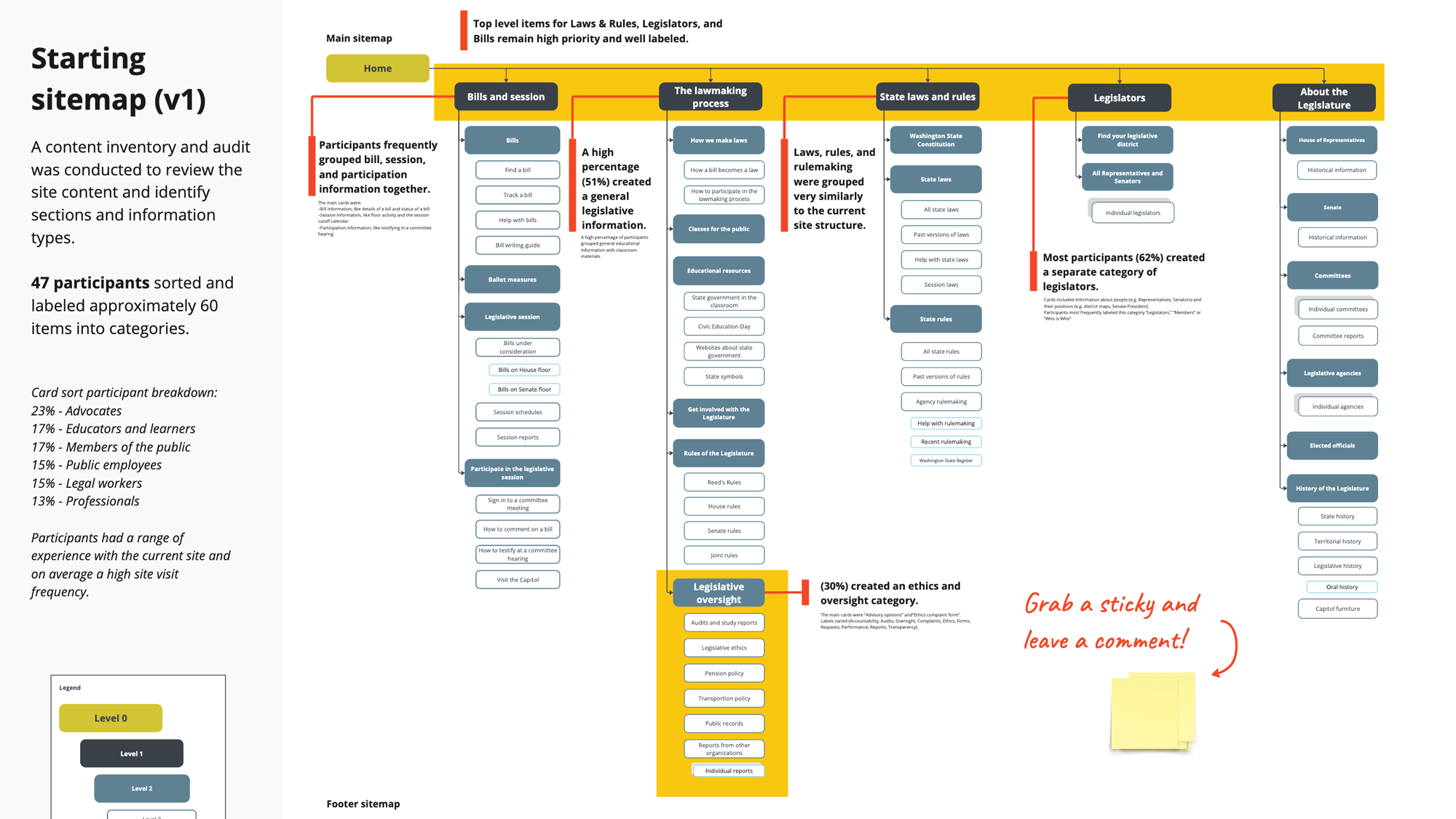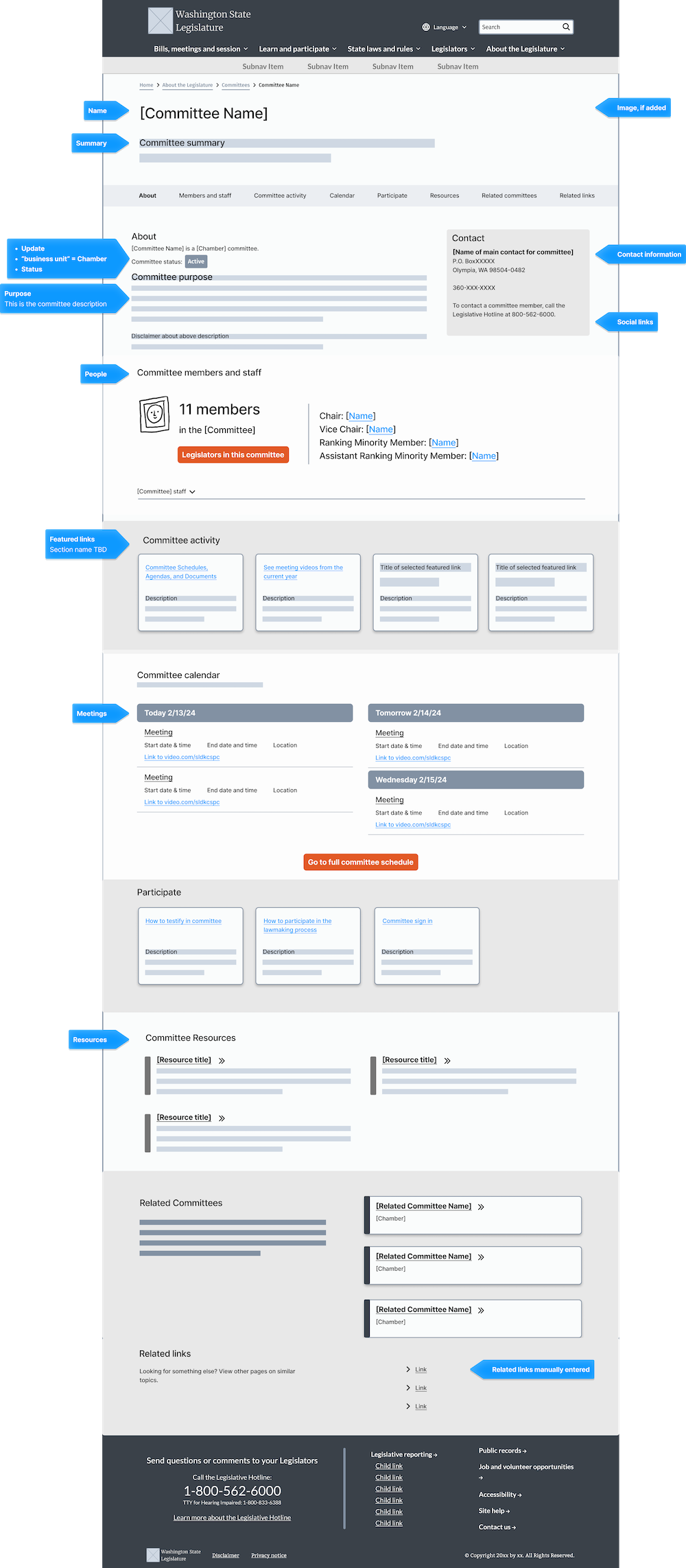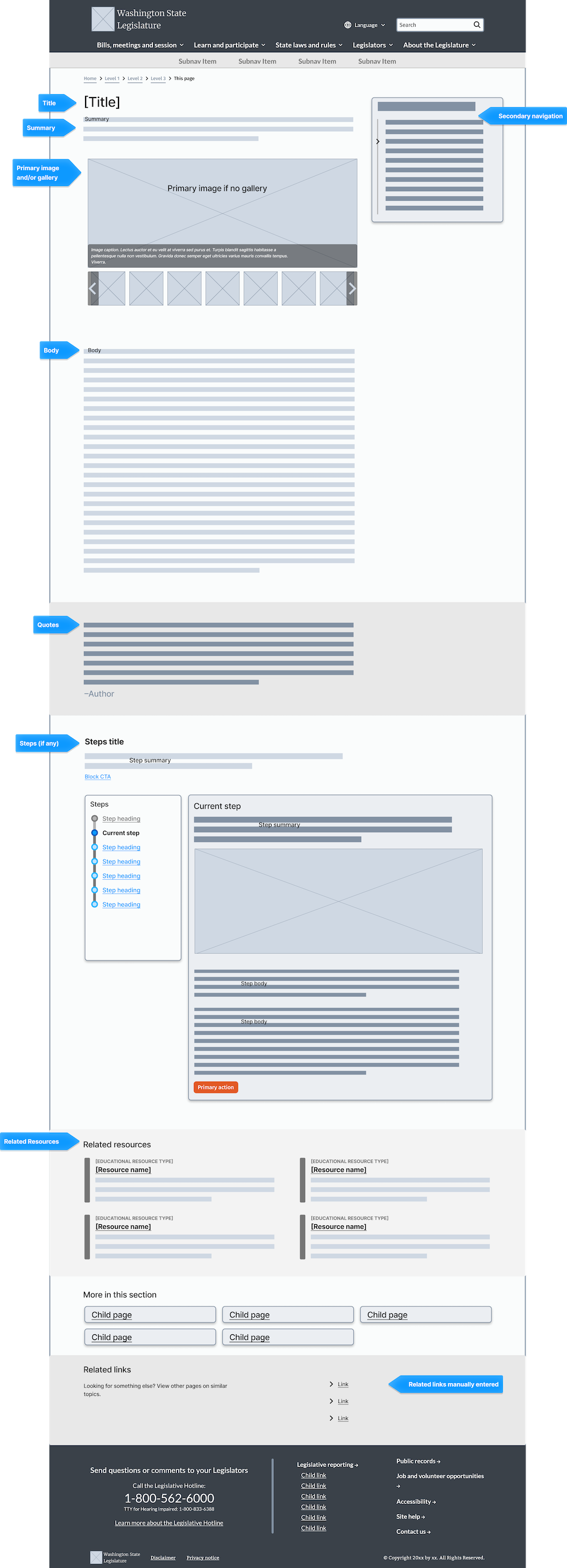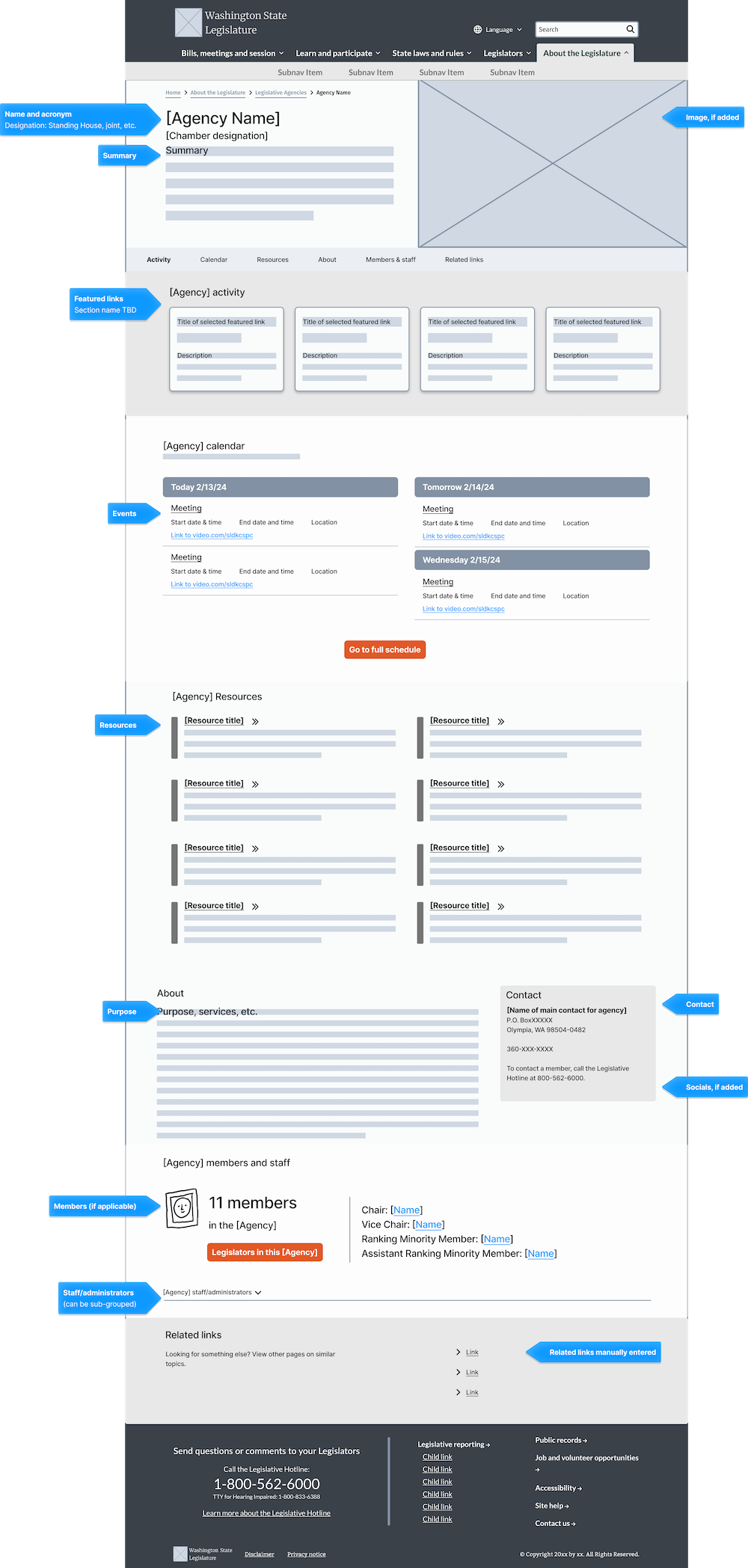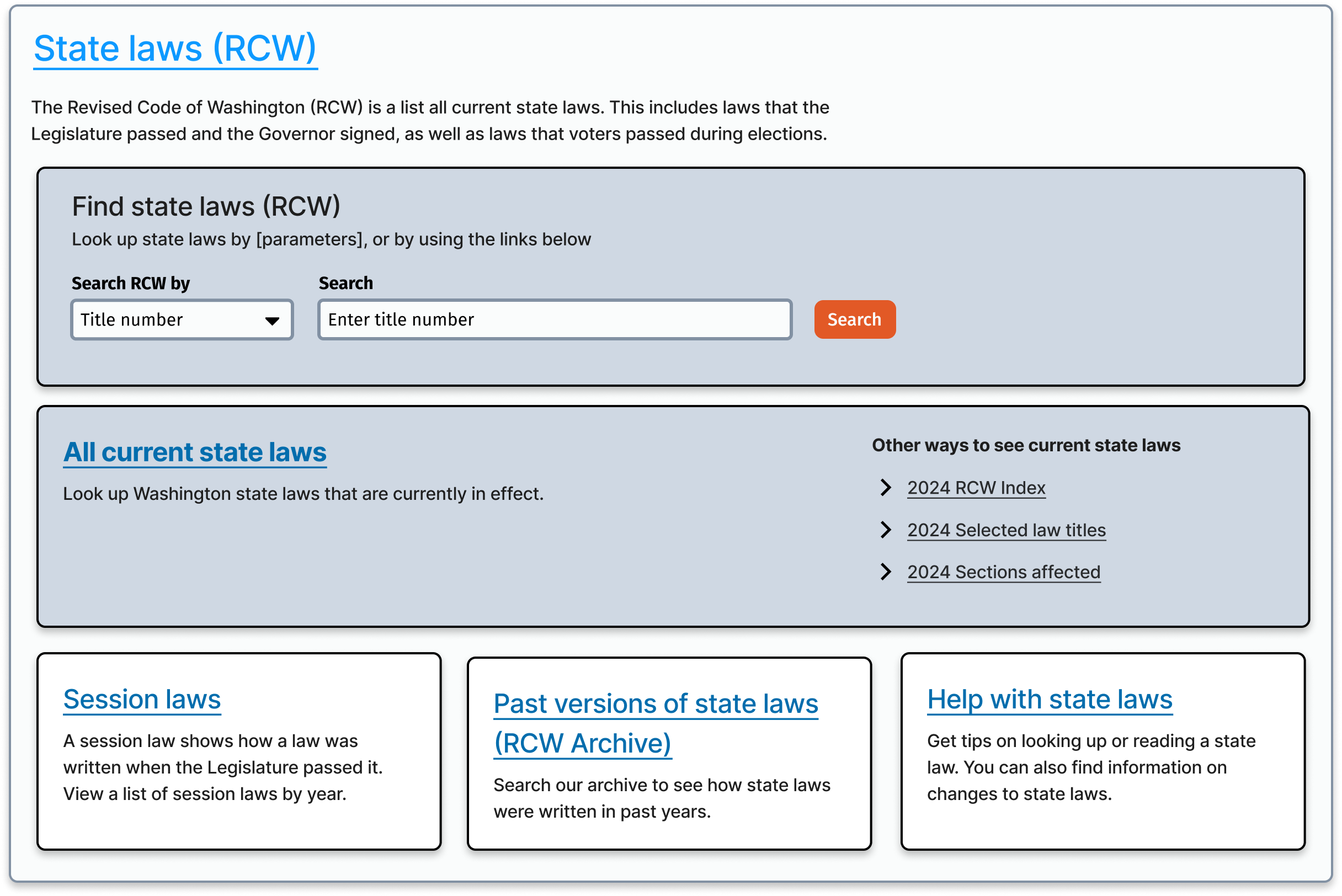Role
Product Lead
Timeline
18 months
Team
- HCD team (research, content, design, accessibility)
- Development team
- Sponsor

Scope
Initial user research, website strategy, redesigned site architecture, website concepts, usability testing, re-brand and visual design, organizational change management throughout.
I contributed to this work as part oF Anthro-Tech Inc. in 2023 & 2024.


